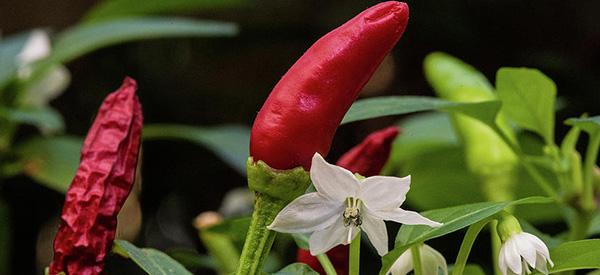
Cayenne Pepper
Cayenne Pepper (Capsicum annuum) is in the same group of peppers as jalapeños and bell peppers. It is widely used in cooking in many countries. Common names include Bird’s Beak and Cow Horn, Guinea, Mad, or Spanish Pepper.
This medium-hot chili is an integral part of Creole, Cajun, Mexican, and Southwestern American cuisine. The powdered form and whole, dried chilies are also used in Asian foods. Interestingly, both the flavor and health-giving properties are due to the primary ingredient: capsaicin.
This plant is also appreciated for its medicinal properties. It has been part of traditional medicines for thousands of years and is being rediscovered today.
The history of Cayenne Pepper
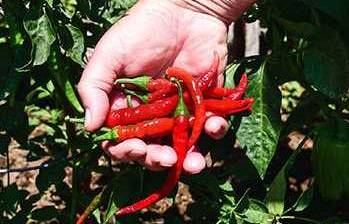
There is evidence that these plants have been cultivated for an astonishing 7,000 years, and records of Ancient Chinese and Ayurvedic healers using Cayenne Pepper in a range of remedies, including ones to treat circulatory issues. It is believed that Christopher Columbus brought seeds back from South America in the 15th century and the plants were distributed from there.
The word “capsicum” is thought to be derived from Greek meaning “to bite” referring to this spice’s heat.
Where this plant is found
Sources indicate that Cayenne Pepper originated in Central and South America, specifically in Guyana. From there, as mentioned earlier, this plant was introduced to Europe and from there to the rest of the world.
Today the primary areas of cultivation are the US, East Africa, Mexico, and India. However, this chili thrives in most tropical and sub-tropical regions.
Related: The Complete Map of Edible Plants: Find Out What You Have in Your Area! (Video)
How to identify Cayenne Pepper
Capsicum annuum grows to 2 – 2 ½ feet / 60 – 80 centimeters in height and reaches maturity in 70 days. Each plant bears multiple pods or chilies. There are now a host of cultivars, some of which have yellow or purple pods.
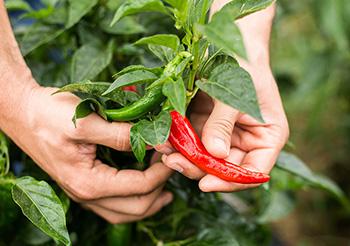
- Leaf: The leaves are bright green, lance-shaped, and taper to a point. They are also matte and not glossy as some other pepper types are.
- Pods / fruit / chili:
- The pods grow up to 7.8 inches / 20 centimeters in length. They are thin and tapering and hang from the plant.
- The chilies are green initially and turn bright red when ripe.

- The pods are shiny and often have a slightly curled tip. Some may have slightly rippled skin.
- Flower: The blooms are star-shaped, white, and have a yellow center. The petals are fused at the base and form points at the tips. Once the flower has been pollinated, the fruit begins to form.
These characteristics and features should aid in identification.
How to grow Cayenne Pepper
This plant is, as indicated earlier, a subtropical or tropical species. However, they are now extensively grown in temperate climates as annuals. If you live in an area with frosty and cold winters, you could grow this plant in a pot and bring it in for the cold months.
In terms of other overall conditions, Cayenne Pepper requires:
- Lots of sunlight (7 – 10 hours a day)
- A long growing season
- Well-drained soil
- Nutrient-rich soil
- Soil with a pH of 6.2 – 7.
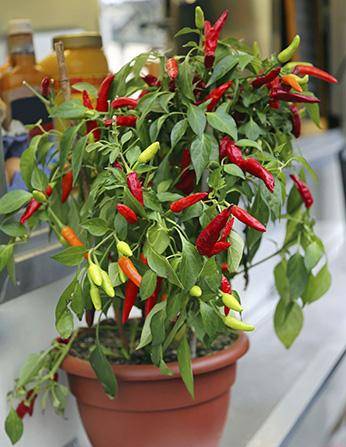
Tomato soil or tomato grow-bags are an excellent planting medium for chili plants.
Only plant seeds when the temperature is 60 Fahrenheit / 16 Celsius or higher. Seeds should be soaked in lukewarm water for several hours before planting. Once planted, the soil must be kept moist but be careful not to overwater.
Germination takes 6 – 20 days and germination rates are high (80%). Once the seedlings are large enough to transplant, they should be spaced 20 – 25 inches / 51 – 63 ½ centimeters apart and in a row.
You can either plant them out in your garden – if you have suitable conditions and weather – or in a container large enough to allow the plant to grow.
Get Your Own Medicinal Seeds, Last 30 Packs Left
How to harvest And process this plant
The chilies should be ready to be harvested after about 90 days. You can pick the pods when they are still green, but the flavor will not be optimal and may even be a bit grassy. Simply remove the pods by cutting the stalk just below the chili with sharp scissors.
This type of capsicum has thin flesh and walls, so it is easy and quick to dry. However, there are several options when it comes to how to process, store, and use this spicy plant:
• Drying for powder: You can either dry the pods in the oven or in the sun.
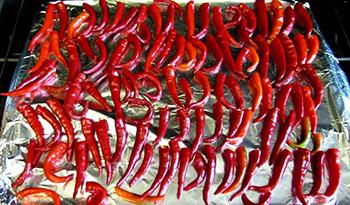
– Oven: cut the pods in half lengthwise, spread them out on suitable trays, and place them in an oven heated to 1600 Fahrenheit / 700 If you leave the door slightly ajar, moisture will be more easily released, and drying time will be 6 – 8 hours. This is clearly energy and time-intensive.
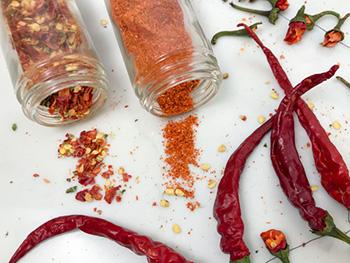
– Sun: cut the chilies in half lengthwise, spread them out on suitable racks or fabric in the sun or in a warm but well-ventilated area. Turn/move them regularly until they are dry and hard to the touch.
The dried pods can either be ground into powder as they are, or you can scrape out the seeds first and store them separately in an airtight container. Chilies that have had the seeds removed will have less bite (and less capsaicin).
It is helpful to add a few rice grains to the powder to absorb any remaining moisture and prevent clumping.
• Chili Oil:
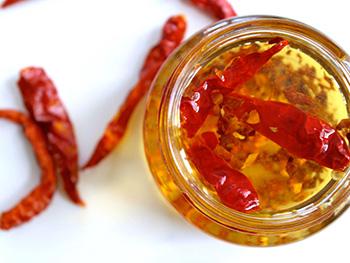
Dried chilies can also be used to make DIY oil. Simply place several chilies (depending on how hot you want the oil to be) in a suitable bottle or jar and pour a good quality oil (sunflower or olive) over the chili. You can use half chilies (which look dramatic in the bottle) or chop them up. The oil should be shaken every couple of days and stored somewhere cool and dark.
• Pickled chili:
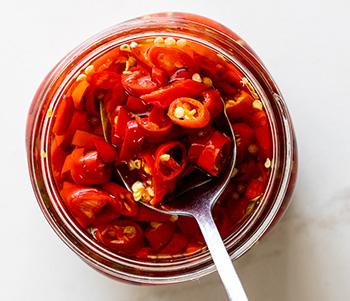
Remove the calyx (green section above the stalk) and cut each chili into three sections. Simmer the chilies in water that has salt and vinegar added to it for around an hour. Pour the mixture when it is still hot into suitable jars and store it in a cool, dark place.
Regardless of which you opt for, it’s a good idea to wear gloves as chilies can cause skin irritation. Also, remember to wash your hands very thoroughly as getting fresh, raw Cayenne Pepper in your eyes or on your lips will burn!
How you process and preserve chilies depends on what you want to use them for. Of course, you can just buy Cayenne Pepper powder, oil, or pickles. Fresh is best, of course.
What Cayenne Pepper is good for & the natural remedies made from it
In addition to the all-important active ingredients, capsaicin, these pods offer a range of minerals and vitamins, many of which are powerful antioxidants: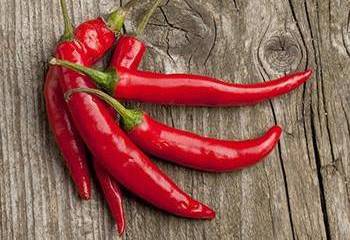
– Calcium
– Copper
– Iron
– Lutein
– Manganese
– Magnesium
– Phosphorus
– Potassium
– Vitamins A, B-2, B-6, B-9, C, E, and K.
Related: Joint & Movement (Arthritis) Cayenne Salve
Thanks to these, Cayenne Pepper has been and is used to ease or treat a range of conditions: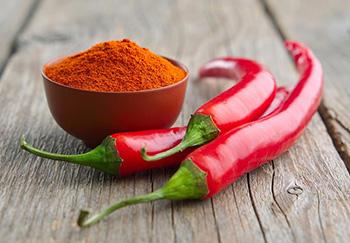
– Relieve inflammation-related pain (when used topically)
– Soothe painful throats
– Ease cold and sinus congestion symptoms
– Boost metabolism
– Improve the health of the digestive system
– Reduce hunger pangs
– Ease certain skin conditions such as psoriasis and impetigo
– Lower blood pressure.
It should be noted that there is a striking lack of clinical studies and evidence in support of these claims. However, centuries of anecdotal evidence can be found.
What parts of the plant are used in remedies?
The only part of the plant that is used is the pod or fruit, both the outer flesh and the seeds they contain. They are used to produce powders, capsules, oils, salves, teas, patches, gels, and even nasal sprays.
Many products are marketed as Capsicum rather than as Cayenne Pepper.
A DIY Cayenne Pepper recipe
There are many recipes available for salves made from this plant. However, because adverse skin reactions have been reported with this – particularly if you use store-bought powder – we will look at a safer (and quicker to make) remedy: Cayenne Pepper Tea.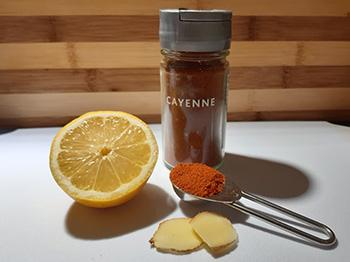
This drink (hot or cold) is thought to improve digestive health, reduce inflammation, support weight loss, improve circulation, relieve cold symptoms, stimulate mucous membranes, and help the body detox generally. So, this tea can be drunk daily to boost your health or only when you feel a sore throat or cold coming on.
Ingredients:
• 1 teaspoon of Cayenne Pepper powder
• ½ fresh lemon
• 1 cup hot (boiled then cooled a little) filtered water
Optional: 1 tablespoon honey, or ginger or garlic (thin slices), or ½ teaspoon turmeric.
Method
- Squeeze all the juice out of the lemon into a jug

- Place the squeezed-out lemon in the jug

- Add the honey or some other natural, plant-based sweetener

- Add the Cayenne Pepper

- Add the other optional extras (if any)

- Pour in the water and remove the lemon

- Stir the mixture thoroughly until the Cayenne Pepper is dissolved
Pour the tea into a suitable cup or mug.
It is, to be honest, probably an acquired taste. For this reason, it’s a good idea to experiment a little to see what healthy items you can add to make it more to your taste.
It should also be noted that you may experience a slight burning at the back of your throat when you are drinking. This usually stops after a few sips.
Dosage
Because of the lack of research, there are no clinically prescribed dosages. It is essential, therefore, that you follow the direction of your healthcare practitioner or the instructions provided by the manufacturer.
What plants resemble Cayenne Pepper?
A search to reveal look-alike plants comes up empty. However, it can be difficult to tell one chili plant from another, particularly if they are not in bloom or fruiting. There are no fewer than 14 families, and each contains multiple varieties and/or cultivars.
Describing all of these is beyond the scope of this article, but let’s look at the core characteristics of each group as this may help to identify a plant without a label:
- Annuum: all have white flowers, some are thick-skinned (such as bell peppers)
- Microcarpum: a wild version of annuum
- Baccatum: hanging, berry-like pods
- Cardenasii: berry-like fruits, slightly hairy leaves
- Chacoense: small, elongated fruits
- Chinense: most are extremely hot chilies but there is no uniform appearance
- Ciliatum: yellow flowers, small and round fruit, sweet not spicey
- Eximium: the pods are small, slender, and oval; not common; more ornamental
- Flexuosum: white flowers with green centers, tiny bullet-shaped fruit, uncommon
- Frutescens: straight stems, shorter plant, wide and spear-shaped pod
- Galapagoense: small and extremely hairy leaves, berry-like fruit
- Lanceolatum: rare, tiny spike-like hairs, small and round fruit
- Praetermissum: white flowers with yellow/green spots and purple border, large leaves, small fruit
- Pubescens: blue-violet flowers, pods are round, leaves are hairy.

Distinguishing one type of chili, particularly in the same group, can be difficult, particularly before the pods ripen. It’s best to buy plants from a reputable source that correctly identifies and labels stock. If you grow from seeds, ensure you clearly mark the pot or tray so that you know what plants are emerging!
Warning And cautions
As with any plant product that you ingest or use topically there are some warnings and safety concerns. While generally considered safe, Cayenne Pepper can cause:
- Gastrointestinal upset such as stomach pain and/or nausea
- Allergic reactions: rashes following topical application or more severe reactions such as breathing difficulty, swelling, and hives
Severe allergic reactions are rare, but they require immediate medical attention. In addition, Cayenne Pepper should not be used on an open wound or broken or damaged skin or by:
- Individuals on blood-thinning drugs
- Patients on blood pressure medication
- People who suffer from gastric conditions, notably gastroesophageal reflux disease (GERD) or irritable bowel syndrome (IBS).
A further overall concern is the lack of data in relation to long-term, regular consumption. It is thought, though, that consuming too much Cayenne Pepper may cause liver and/or kidney damage.
The bottom line is that if you suffer from an existing condition, or have concerns, you should not ingest or apply any plant-based product without consulting your healthcare provider first.
You may also like:
10 Remedies You Can Find In Your Kitchen
Erratic Blood Sugar? Never Eat This Veggie (Video)
How to Make an Antihistamine Balm for Natural Allergy Relief






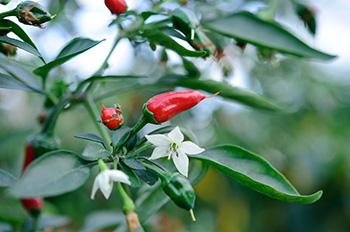
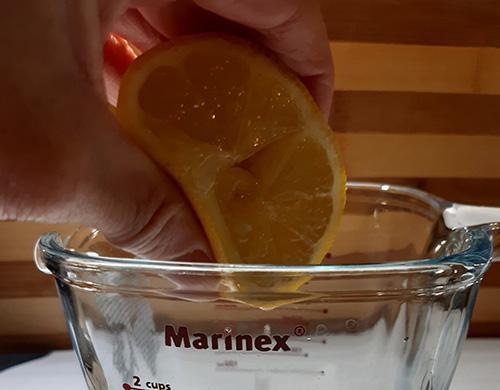
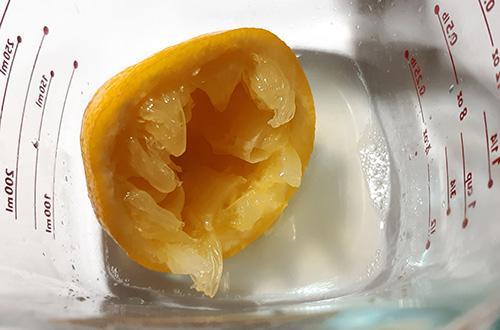
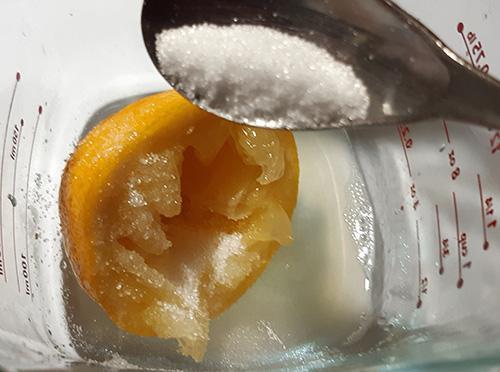
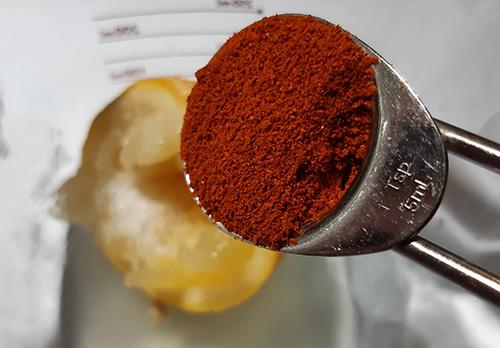
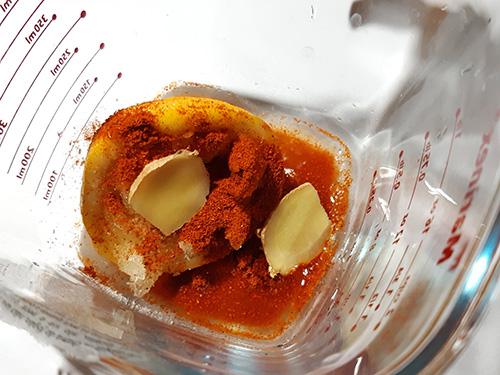
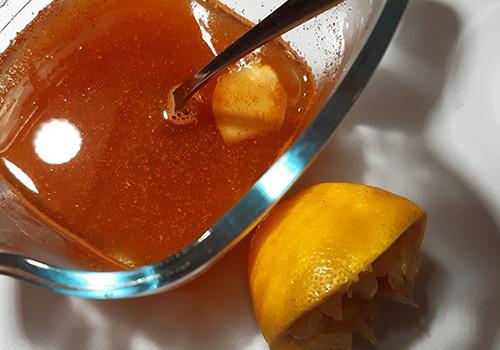
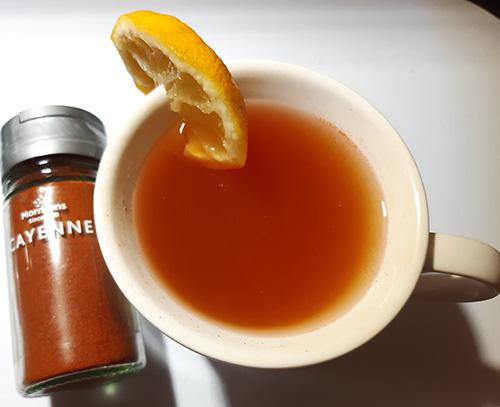
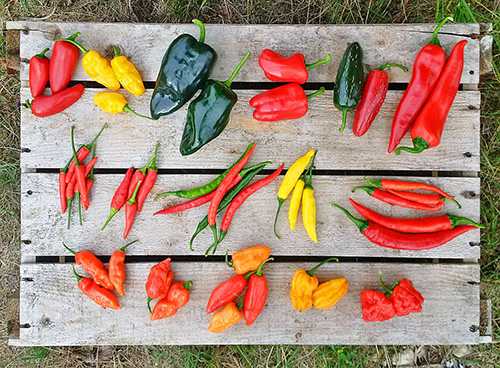
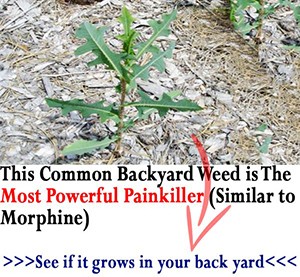
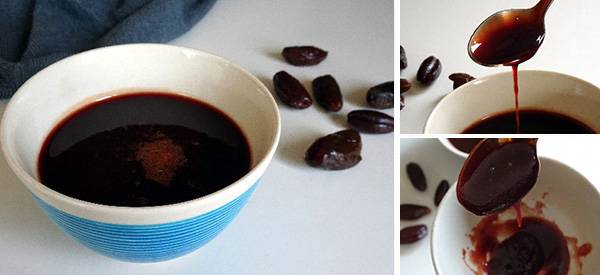

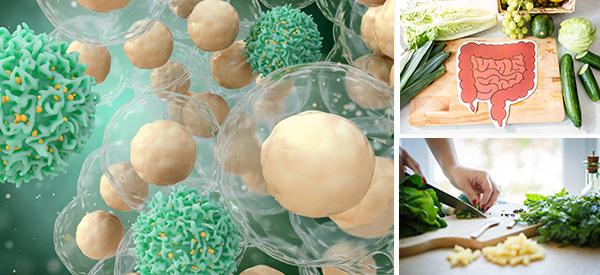
Would a capsule of cayenne be as effective as this drink or is the act of drinking the liquid necessary for fat burning?
Great question! I am wondering the same thing.
Drinking it gets into the blood stream. Capsules just go to the gut and take longer to digest; possibly therefore causing upset.
Please review temperatures for growth and drying cause that’s HOT! Otherwise great info!
” place them in an oven heated to 1600 Fahrenheit / 700 Celsius.”
Are you sure about that?
I suspect this should be 1
60F/70 C
Hi Kate,
We apologize for this. It was a formatting error. It should be 160 degrees F and 70 degrees C.
God bless!
This cannot be right—–
Only plant seeds when the temperature is 600 Fahrenheit / 160 Celsius or higher.
I suspect it should be 60F/16C
Wow! alot to remember..love cayenne!
Cayenne Pepper powder can almost immediately stop bleeding from a cut. I didn’t know about it until the second time I had a deep finger cut. Now I keep a small jar just for cuts.
I’ve had success with this too! The blood clots almost immediately.
Yes, you can pour it directly on an open wound and it is known to help reduce bleeding, reduce scaring as well. If a person is able to take an internal does as well it is helpful to slow blood pressure, esp if you have been cut, as your bp can go up when injured. But don’t take cayenne internally with prescribed meds.
I hear your comments. I am a RN and have used it with a of my clients and myself and it works.
I know you said store bought cayenne is not as good as the home grown plant but will a capsule (store bought) a day help to lose weight?
I doubt it. I’ve been using cayenne for over 30 years almist daily in my cooking tinctures erc and have not seen weight loss.
Why can not use with blood presure med?
Hi Vera,
Cayenne peppers may reduce high blood pressure. If you already take medication for blood pressure it’s best to consult your healthcare provider first. Taking both the medication and Cayenne Pepper might make your blood pressure too low.
God bless!
Cayenne can interfere with bp meds because it has been known to balance blood pressure. Cayenne is a muscle relaxant and the heart is a muscle. Take away from prescribed meds and not with medications. Cayenne is a carrier herb which means it can cause contraindications with meds and other herbs. It can enhance the strength of of what you take with it, and carry it faster to where it needs to go to work. You need to know how to use this herb if you plan to take it with other things. Do NOT take it with prescribed meds.
Thank You
Yes, you can pour it directly on an open wound and it is known to help reduce bleeding, reduce scaring as well. If a person is able to take an internal does as well it is helpful to slow blood pressure, esp if you have been cut, as your bp can go up when injured.
It also has been known to reduce pain.
But don’t take cayenne internally with prescribed meds.
I make a “tea” out of cayenne pepper a couple of times a day with good results. I start with a tea spoon of cayenne pepper, 1 tablespoon of liquid hot sauce for a touch of vinegar flavor and to help blend everything together (I like “Frank’s Red Hot Sauce”), 1/2 teaspoon of black pepper (for some texture), 2 tablespoons of robust extra-virgin olive oil. Mix this mixture well with 1-1/2 cups of HOT water. sip and enjoy while it is hot. Yes, this is an acquired taste, however, the more you drink it, the more you’ll like it!